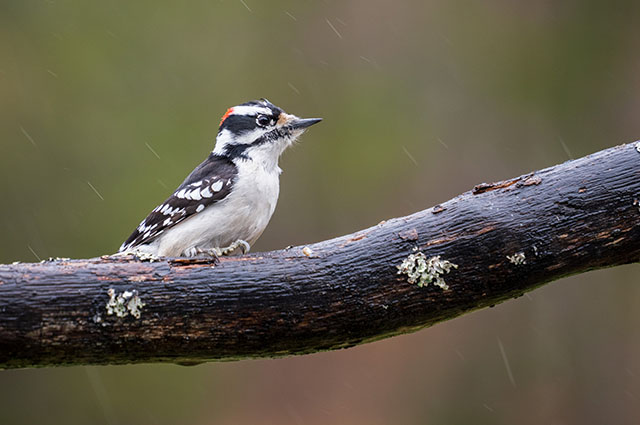Sigma fp L Field Test: A compact and unusual camera that doesn’t quite hit the mark
posted Wednesday, May 26, 2021 at 11:45 AM EDT

Click here for our Sigma fp L Field Test
We've recently put the Sigma fp L through its paces, and Sigma's compact full-frame mirrorless camera is fascinating. During real-world testing, the fp L's compact and modular design includes distinct advantages and disadvantages. On the one hand, the fp L is very compact and lightweight. Sharing its design with the original Sigma fp, the fp L is the smallest and lightest interchangeable lens full-frame camera available. However, this comes at some cost to usability as the fp L doesn't have a built-in EVF, a tilting display, or a front grip. There's also a general lack of physical controls on the camera, although the ones there are useful.

You can address some of these issues with optional accessories, including an EVF that mounts to the side of the fp L and a grip attachment. The tilting EVF works well, although the lack of an eye sensor is quite frustrating. The grip, on the other hand, is great all-around. Although, when you add the EVF and grip, the fp L is no longer especially lightweight or compact. You sacrifice part of what makes the fp L unique to make it more enjoyable to use. It's a worthwhile tradeoff to me.

While the fp L looks just like its fp sibling, there are many changes inside the camera. A new 61-megapixel sensor sits inside the fp L. The sensor delivers excellent image quality across the board. The fp L captures sharp images with good colors, detail, and dynamic range. Even at high ISOs, the camera continues to perform well.
The sensor also adds phase-detect autofocus points, something the original fp doesn't offer. The new hybrid autofocus system promises improved speed, accuracy and performance. However, real-world performance is disappointing. The fp L's autofocus system struggles, especially when using continuous autofocus. It is not an easy camera to use for photographing moving subjects.

Sometimes, the fp L is good. At other times, its oddities and performance issues overwhelm and outweigh what the fp L does best, capturing sharp, high-quality images. So, is the Sigma fp L a good camera? To read my take on that surprisingly complicated question, head to my Sigma fp L Field Test.